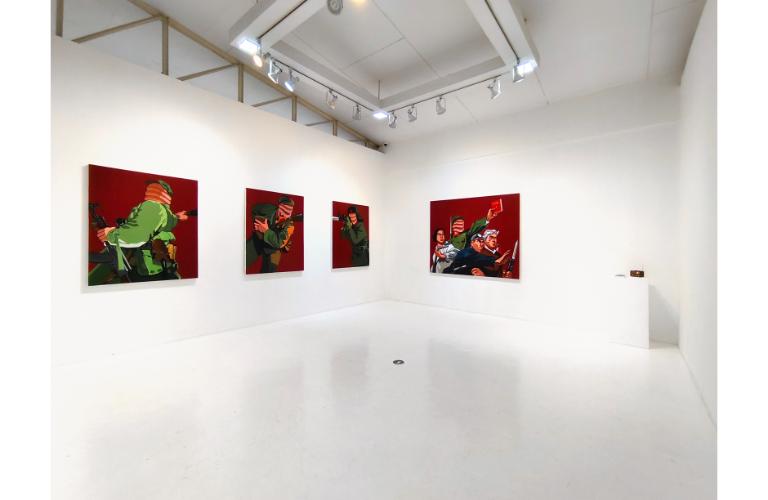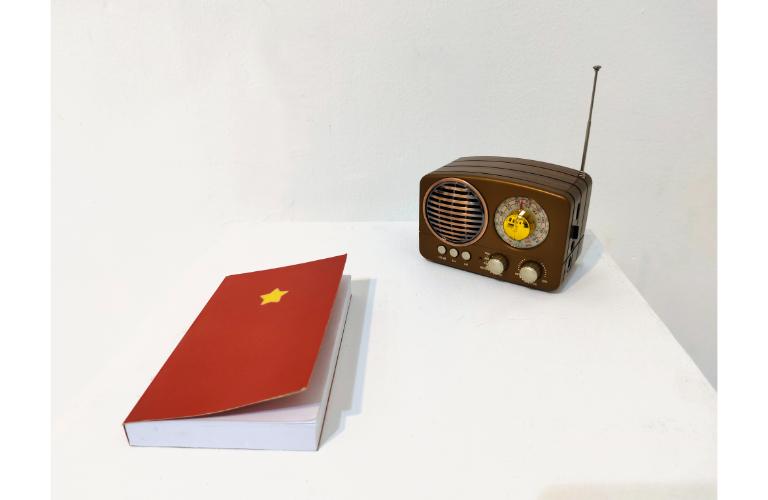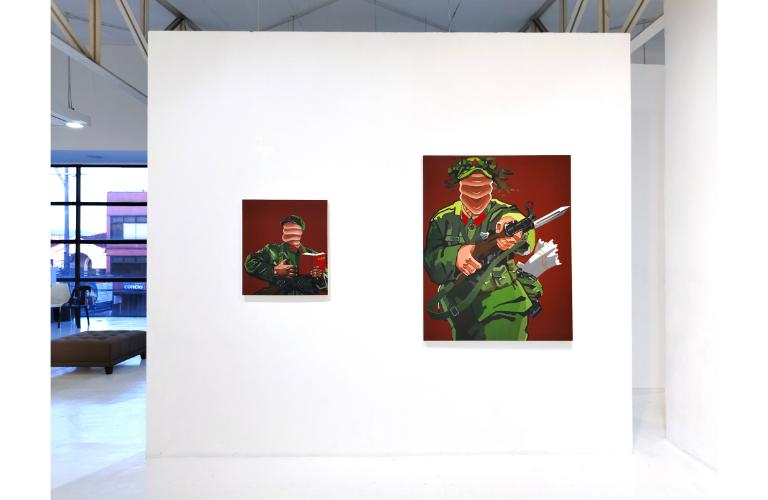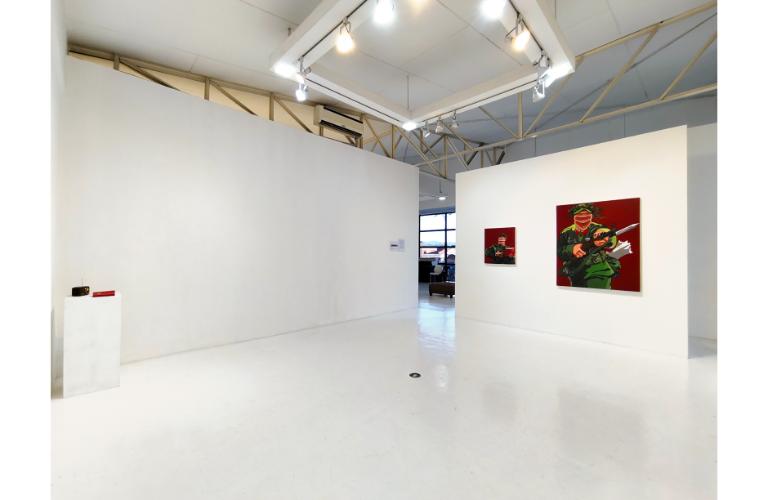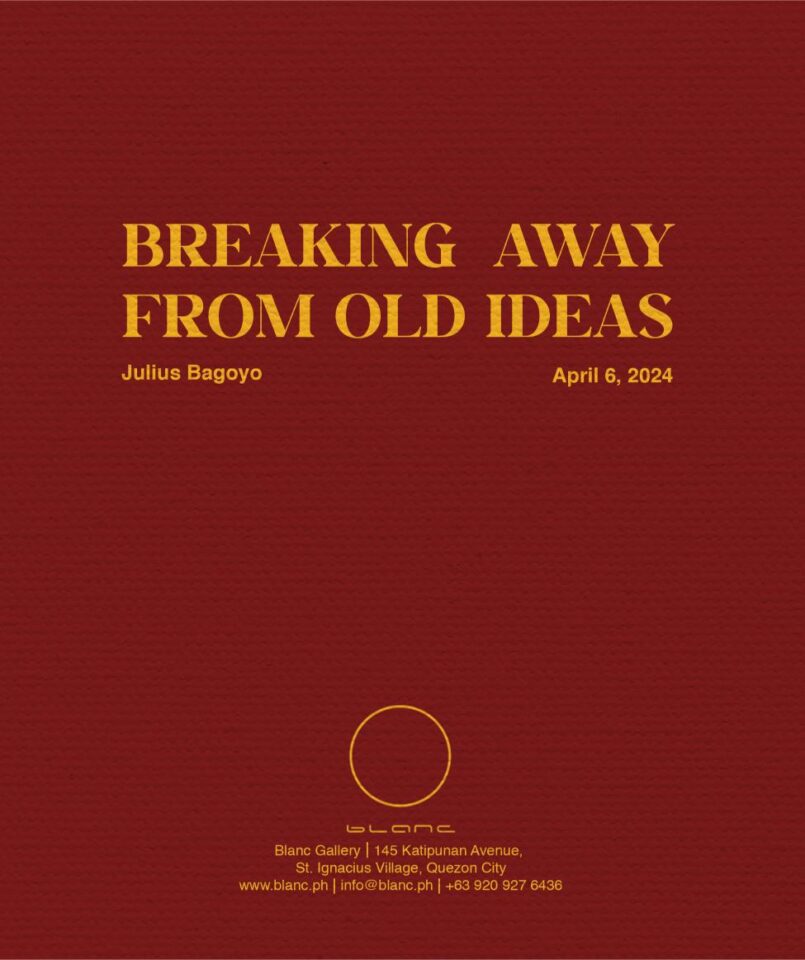
Breaking Away from Old Ideas, Julius Bagoyo’s first solo exhibition, crystallizes the artist’s ongoing process of remolding, of unlearning deeply entrenched desires and ideas that insidiously reinforce the reigning dictatorship of the exploiting classes.
The exhibition’s title pays homage to Breaking with Old Ideas (1975), a Chinese film produced during the Great Proletarian Cultural Revolution (GPCR). In depicting China’s education system and its transformation from being a powerful ideological state apparatus of the bourgeoisie towards a system that serves the needs of the oppressed classes, the film emphasizes the theory-practice dialectic—how the latter needs to be integrated more into education for correct ideas, rooted in concrete realities, to emerge and both guide and refine subsequent practice.
It is this dynamic interplay between the conceptual and the material that permeates the exhibition, particularly with regards to how it manifests in the realm of the personal. Throughout the works, we get glimpses of this fractal quality of revolution—how radical change occurs across all levels, from the micro- to the microcosmic and vice versa. Both internal and external worlds are in a constant state of change, necessitating fluid and flexible strategies and processes of concentration and dispersion.
When viewed within the context of Bagoyo’s oeuvre, which hitherto had consisted mainly of portraits of monarchs and the ruling class, various continuities and ruptures begin to surface. From having mostly portrayed others, the artist explores here the self-portrait genre (using a soldier of the People’s Liberation Army as his highly charged avatar) and invokes the iconography, stylization, and sensibilities of the art developed during the GPCR while retaining his characteristic rendering of faces.
While this exteriorization of the protean labyrinths of the psyche, this nebulous swirl of sensations and contradictions—typically as biomorphic forms resembling gelatin, balloons, viscera, and viscous confection—has become a ludic strategy for amalgamating the high and low, profaning the sacred, and vulgarizing the aristocratic in Bagoyo’s earlier work, it now gestures toward a register of urgency and gravitas, becoming both an expression of the messy process of dissolving and coagulating tendencies and, by opening up the visage to a plurality of identities, a method of oscillating between the particular and the universal.
Karl Marx once wrote, “The philosophers have only interpreted the world, in various ways. The point, however, is to change it.” As such, the exhibition does not rest content with asserting the indispensable role that culture plays in a politico-economic revolution nor does it contain itself within the domain of art, rather it grounds itself on and always points back to concrete reality, eliciting partisanship with the proletariat and all oppressed classes of the world in the ongoing protracted struggle to banish exploitation into the ash heaps of history.
– Dominic Zinampan
Works
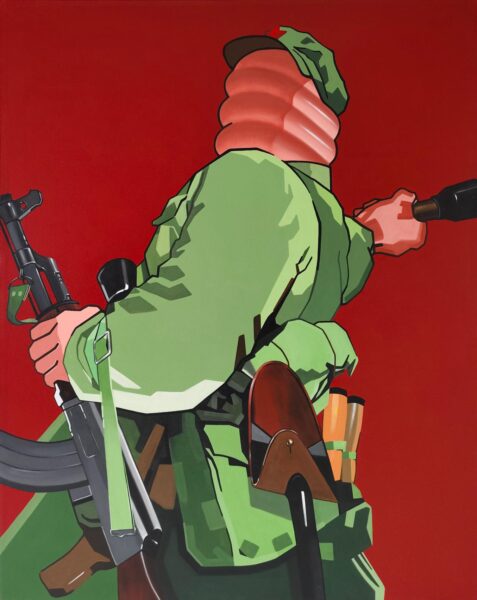
Hěn tóu měng dǎ dí qún kāihuā - Relentlessly Throw and Fiercely Beat, the Enemy Will Open Up Like Flowers
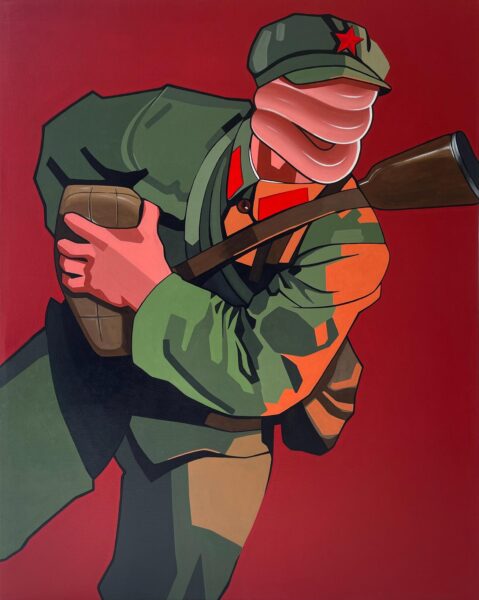
Jīzhì yǒnggǎn wú jiān bù cuī - Brave and resourceful, be all-conquering
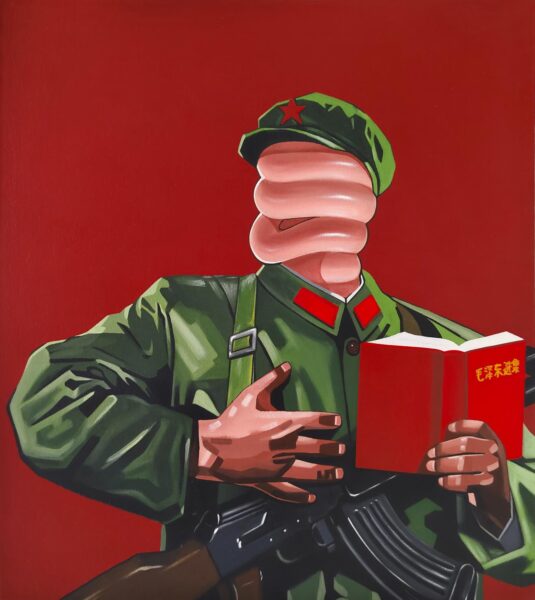
Máo Zédōng sīxiǎng yù xīnrén - Mao Zedong Thought Gives Birth to a New Man

Xiōnghuái chóuhèn dàn wú xū fā - With Hatred in One's Heart, No Bullet Misses
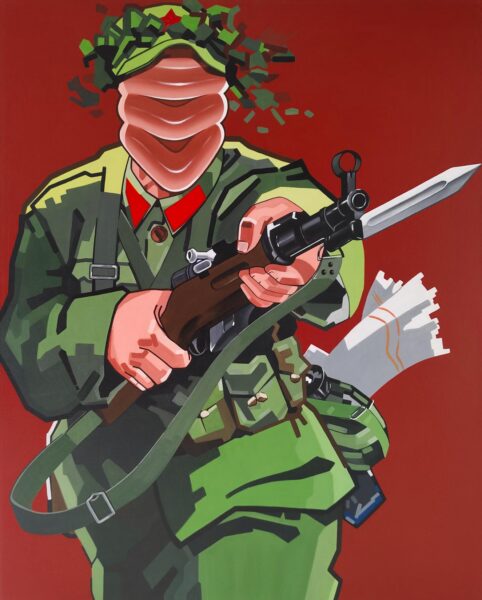
Yǒngměng chōngshā cìdāo jiàn hóng - Charge Courageously, the Bayonet Colors Red
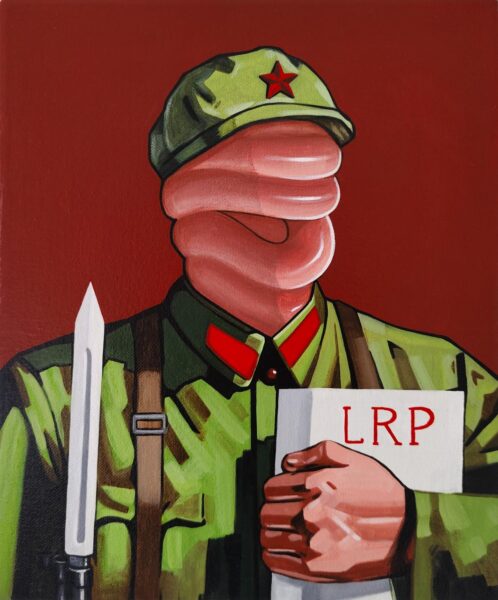
Zaìcì huídào Yán’ān - Once more, Yan’an
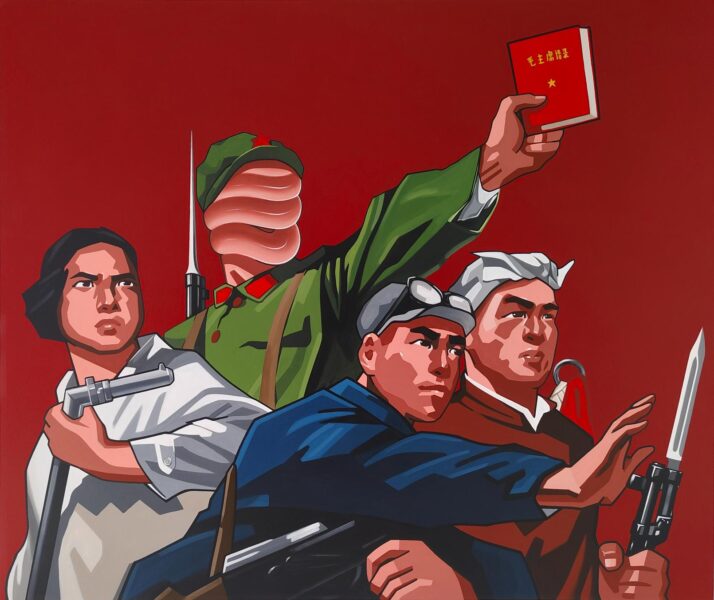
Zǒuxiàng jiěfàng - Towards Liberation
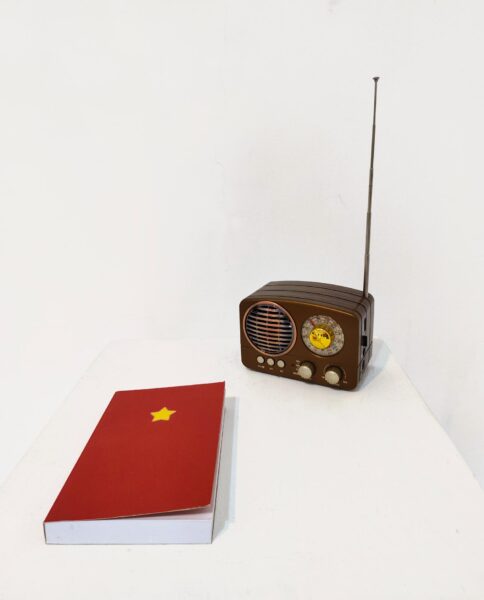
Untitled
Documentation

